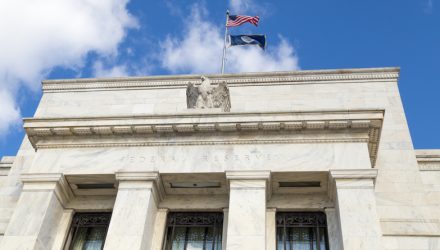The Vanguard FTSE Emerging Markets ETF (NYSEArca: VWO) and the iShares MSCI Emerging Markets ETF (NYSEArca: EEM), two of the largest emerging markets ETFs, and other funds tracking developing economies are soaring this year. A big reason why is the lack of rising Treasury yields in the U.S.
However, some market observers believe emerging markets assets remain vulnerable to changes in Fed policy. ETFs dedicated to emerging markets bonds and equities have also benefited this year from the surprisingly weak dollar, but fixed income traders believe a December rate hike by the Fed is all but a sure thing, a move that could finally boost the greenback.
“If a rebound in U.S. inflation prompts the Federal Reserve to chip away at its wall of money sooner and faster than expected, then the rally that boosted returns in developing-nation stocks, bonds and currencies since January 2016 will be under threat,” reports Bloomberg.
With interest rates still low by historical standards throughout the developed world, income-seeking fixed income investors are embracing alternatives to traditional government debt. That includes emerging markets bonds and the related ETFs, such as the iShares J.P. Morgan USD Emerging Markets Bond ETF (NASDAQ: EMB).
“We like selected EM debt for income and potential price appreciation amid low inflation and subdued currency volatility in the emerging world,” said BlackRock in a recent note. “EM debt also gleans support from synchronized global growth, buoyant commodity prices and global investor thirst for yield.”
Emerging markets are enjoying improved fundamentals thanks to corporate earnings improving as economic growth rebounds and strengthening currencies against the USD on the back of improved economic outlooks.
